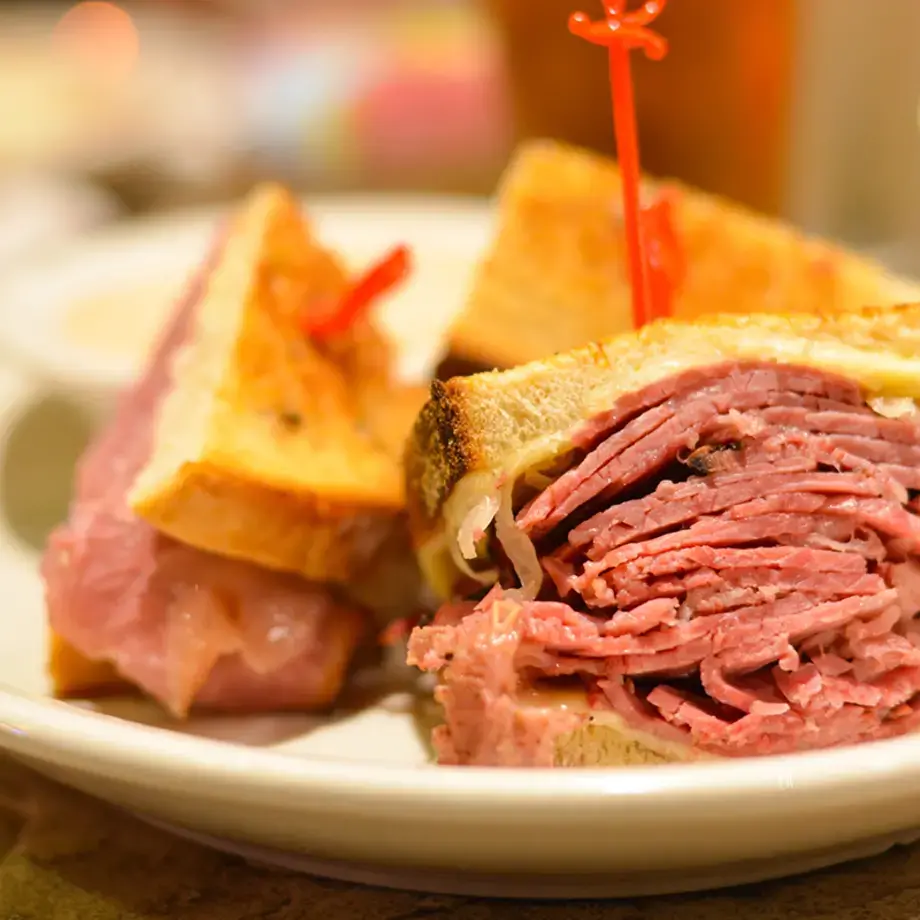We often hear the term ‘al dente’, but what does it actually mean? The direct translation from Italian means ‘to the tooth’ and it refers to pasta or rice that is cooked to be firm to the bite.
Almost every pasta dish will call for the pasta to be cooked ‘al dente’, as overcooking pasta is a cardinal sin for Italians, but there can be variations in just how al dente a pasta needs to be.
In general, fish pasta will call for a more al dente - or firm to the bite - pasta, while with rich meat sauces such as a ragù you can cook for longer if you prefer. The pasta is always fully cooked, but the exterior of the pasta shell is still firm and requires more chewing to break down.
How Can I Cook Pasta Al Dente?
Each pasta is different and cooking time depends on a few things. The type of pasta or the shape is important, as a thicker rigatoni will take a little more time than a pasta shell or conchiglie. Tagliatele or bucatini will take a little longer than spaghetti, and a vermicelli will take very little time to cook.
180 Pasta Types and How to Use Them
A buckwheat or whole wheat pasta will usually cook quicker than a white flour dried pasta, and the trick is to get the timing exactly right. For this reason, a pot of boiling water with pasta should never be left and the cooking time can take anything from 8-10 minutes. You can usually cook the pasta according to the package instructions.
How Can I Tell if Pasta is Cooked Al Dente?
There are some kitchen myths about this. Some say you have to throw the pasta at the wall and if it sticks it is ready. The only way to understand if a pasta is al dente is to taste it. That means spooning out a piece of the pasta, blowing on it and biting into it. One indication for al dente pasta is to look at the edge of the pasta. For penne pasta, look at the circular edge - when it is al dente it will have a white dot, while the outer part will appear more yellow. This is a good indication of al dente, but remember, to know for sure you have to bite into it.








